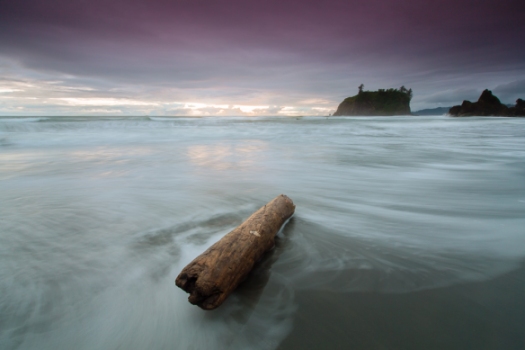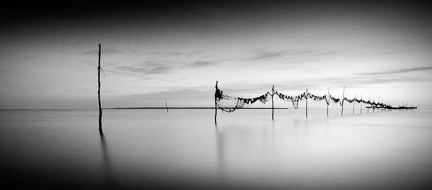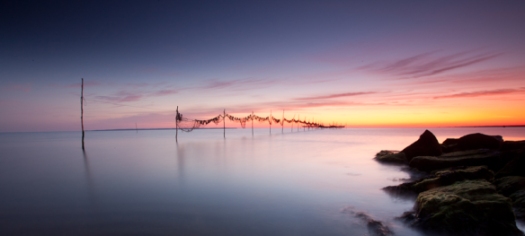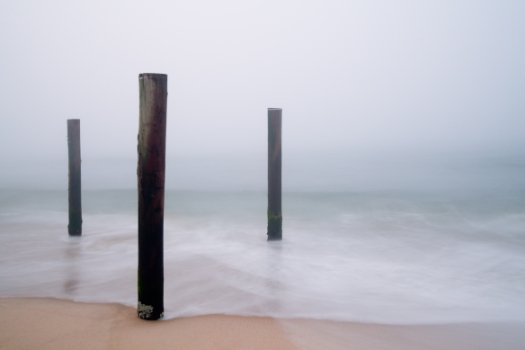
Getting basic techniques down and being able to replicate photographs that others have made is all well and good. But how do you advance beyond that to make photographs that are unique, that express your unique vision.
Many people use the struggles and creative processes of writers to help guide the photography path. Skeptical? Take a look at Stephen King’s book ‘On Writing‘ and change his mention of writing for photography and you’ll see what I mean.
My development as a photographer has paralleled the way I learned to play the guitar. I spent many hours learning how to play songs and even more time how to play blues riffs. At first this was following along with instructional books and CDs, as an aside David Hamburger and Dave Rubin produced some phenomenal instructional books and CDs, and then later working out riffs for myself from the CDs that I had. This let me build up a series of phrases that I could be dropped into either my own songs or the songs of others, in many ways like learning elements of photographic technique that will later be pieced together to make an image.
For both writing and learning to play the guitar there comes a point where progression comes from studying the work of others. Either reading more in the case of writing or listening more when it comes to learning an instrument. The same is true for photography. We’re surrounded by images but I suspect that few of us take the time to really look at them, to really see. When was the last time you went to an exhibition of photography or painting? When was the last time that you pulled one of your coffee table photography books down and spent 10 minutes looking at a single image?
If you’re like me, more engineer than artist, perhaps part of the reason is that you don’t have the language to describe what your seeing and you could argue if we could use words we’d be writers. The very act however of simply describing the image in front of you is enormously useful first step in becoming comfortable with describing photographs and identifying elements within them that you could use in your own photography. The more time you spend looking at other photographs the more photographs you’ll see when you have your camera in hand.
So how to start? Start with a very basic description: What is it a photograph of? Color or black & white? Shape of the frame? Where was it taken? When was it taken? How was it taken? Then go beyond the basics: Why was it taken? How does it make you feel?
I’d be interested in your feedback and comments if you run through this exercise with the image above.













